Sup?
Ok, i have some guitars that are just screaming my name, and
its driving me nuts,sooooooo..,,,as much as i hate it :lol: so i can just buy
them and not have to barder my life away,, i have some gear to sell..
First up we have a Mesaboogie Rectifier Recording Preamp..that i got from last year and dont really play it as i have more rack gear than i really use so this one has really just sat in the wings.
works and sounds great on tape and live,,even better through the 2:100 with the modern mode kicked in,, just retubed with JJ ECC83s's from Eurotubes( that i just got and were gonna go in some of my other gear but i thought i'd sweeten this up to sell). comes with
Footswitch,and manual. has a little rack scrach on top, and on the
effects send knob.
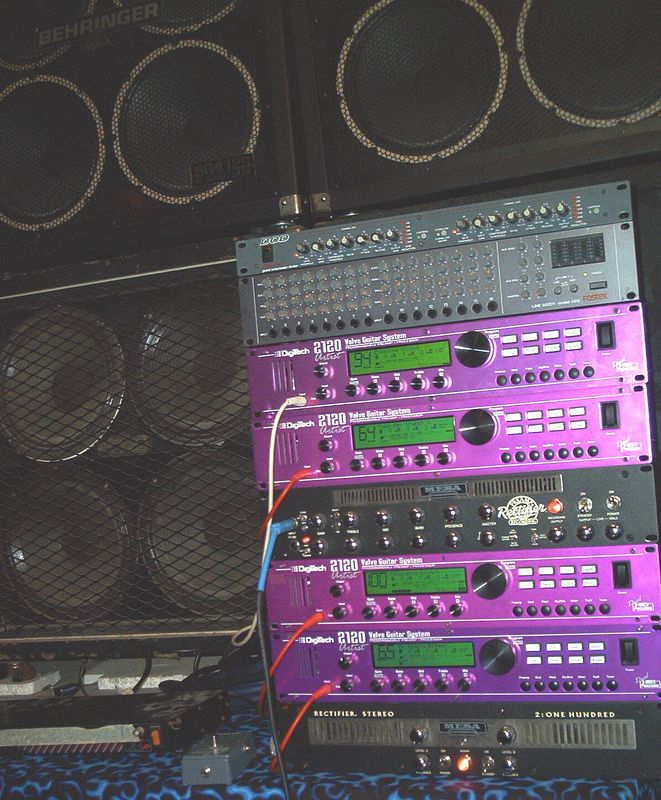
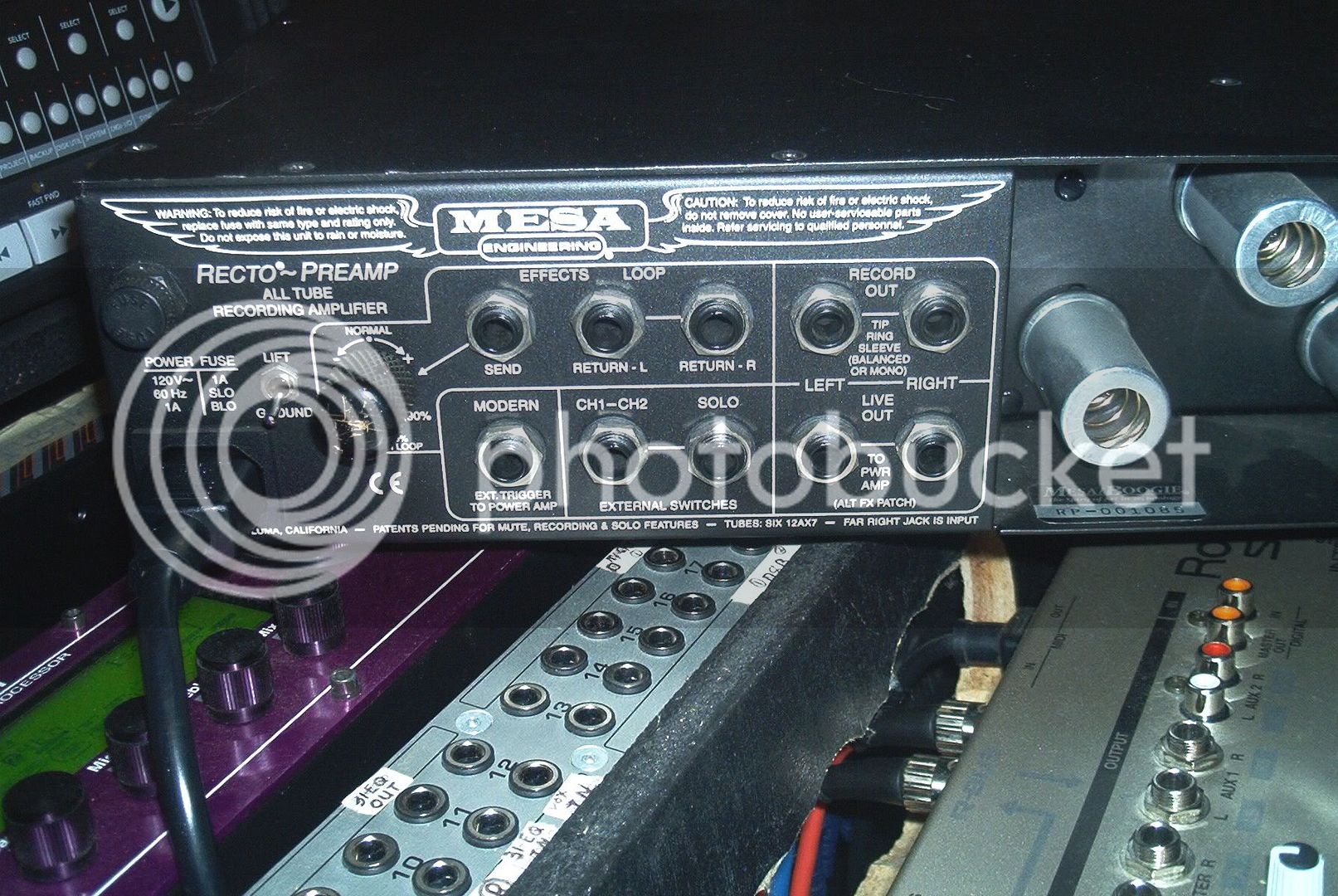
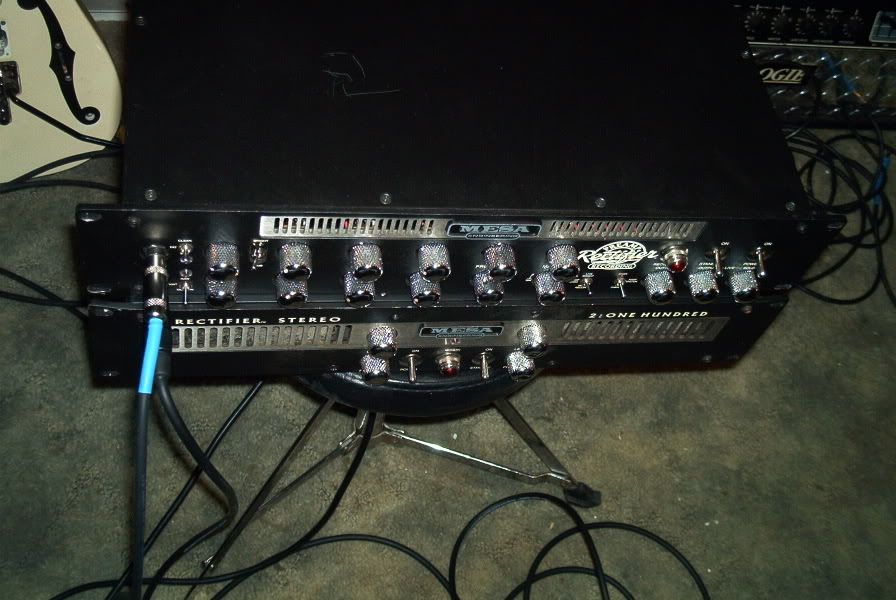
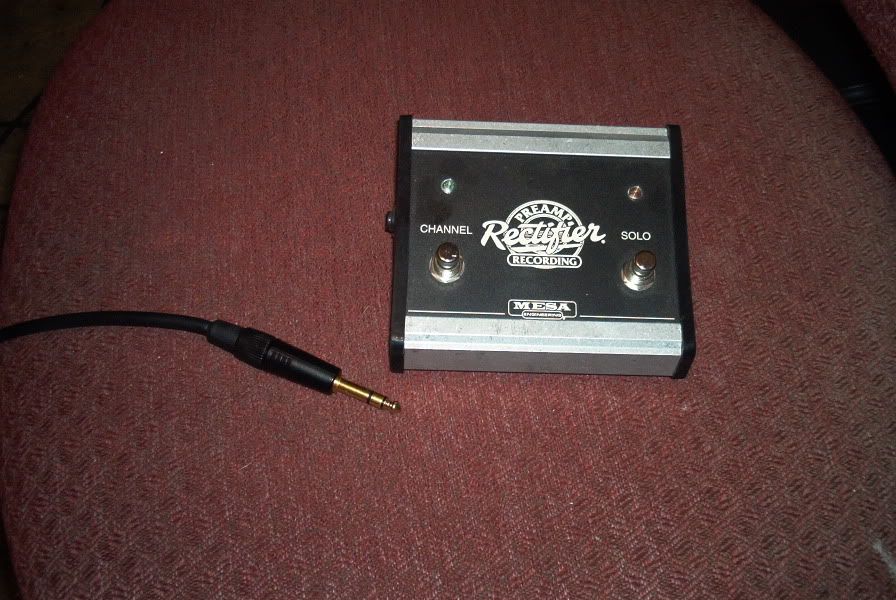
more pics
here..http://s61.photobucket.com/albums/h42/MOSHWITZ69/recto/
next up is a Pristine Mackie MDR 24 trk hard disk recorder cosmetically
and functionaly perfect. i had bought this about 6 mo's ago un-opened
from a guy who had bought 2 to build his studio around and ended up
only using one. this unit is AS NEW,,cause i opened the factory sealed
box. i have recorded 7 songs for a friends project on it and then
dropped them into my DAW, so thats all the time it has on it. i just
upgraded the memory in it too, cause i had some sitting around and
figured what the hell, it has the upgraded 1.3 operating system in it,
and you can(for $50 IIRC) purchace the BIOS upgrade chip that will alow
you to use up to a 120GB HD's in the internal and the firedock on the
front. the pics show 1 analog card and 2 digital cards but the unit
will go with 3 analog cards just like it came, and i'll even throw in
an 8 chn DB25 to 1/4 snake.
This is an awesome unit, 24 trk at a time recording,edit, punch in/out,
virtual tracks, Syncable to MTCand SMPTE/ , remote capable with a
Mackie remote 24 or 48,,and you can hook it up to a DAW via cat5
crossover modem cable and FTP files back and forth.
i would not even consider selling if i hadn't been bitten by the guitar
bug again.


for the next 10 days i'll take a big hit on this and let the mesa go for 750 shipped to the lower 48.
i'll do 1k for the Mackie shipped in the orig. boxes.
ok,as much as i hate it but the bug is chewing pretty hard,,
i have a Horizon 100 ft 16 chn +4 return "STAGE SERIES" snake.
almost new,has seen the stage 4 times. exl, cond. and i even chipped the gum off the bottom fo free :lol: 275 shipped lower 48
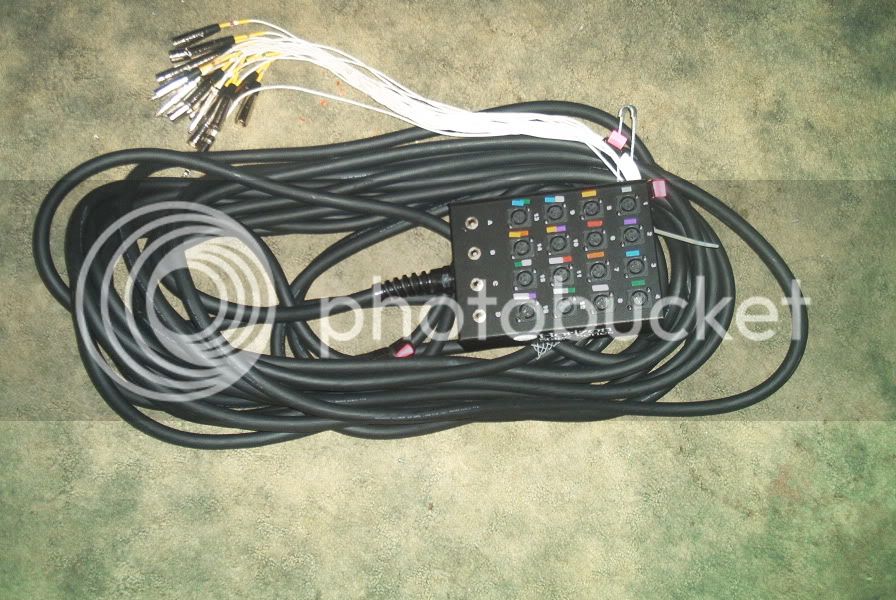
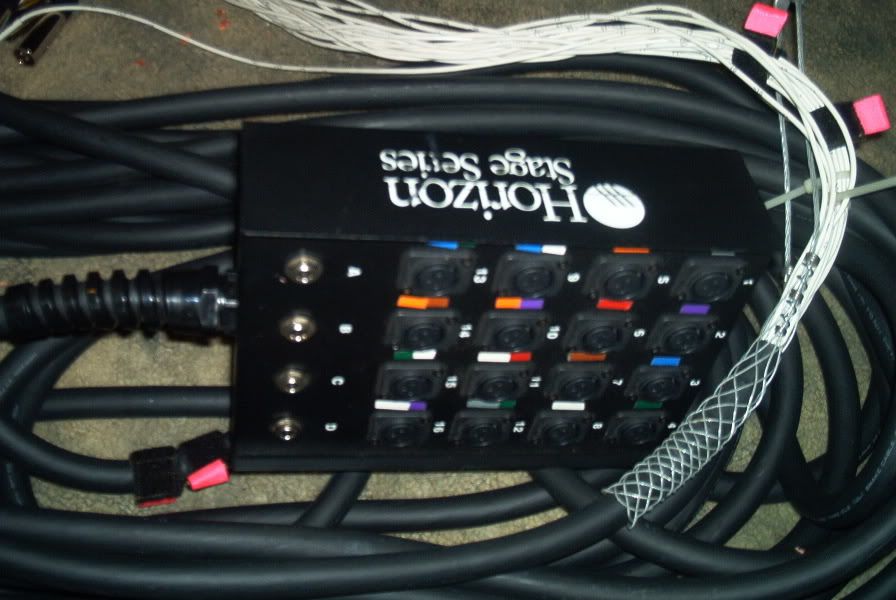
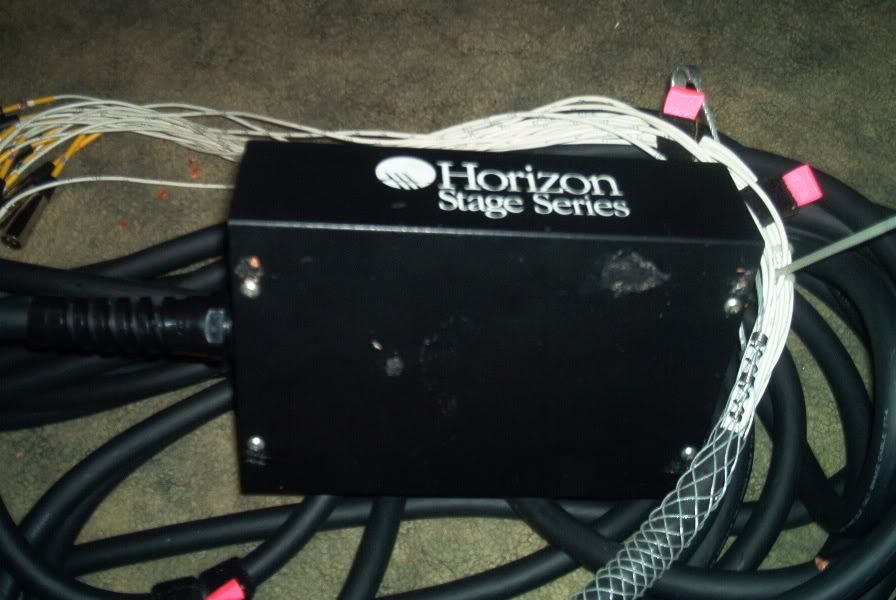
next up is a
Crown CE2000 power amp for 375 shipped lower 48
i just haven't needed it sooo, maybe someone can put it to use.

thanks
MOSH ON
DAVE
gleemed some specs on the crown..
Ok, i have some guitars that are just screaming my name, and
its driving me nuts,sooooooo..,,,as much as i hate it :lol: so i can just buy
them and not have to barder my life away,, i have some gear to sell..
First up we have a Mesaboogie Rectifier Recording Preamp..that i got from last year and dont really play it as i have more rack gear than i really use so this one has really just sat in the wings.
works and sounds great on tape and live,,even better through the 2:100 with the modern mode kicked in,, just retubed with JJ ECC83s's from Eurotubes( that i just got and were gonna go in some of my other gear but i thought i'd sweeten this up to sell). comes with
Footswitch,and manual. has a little rack scrach on top, and on the
effects send knob.




more pics
here..http://s61.photobucket.com/albums/h42/MOSHWITZ69/recto/
next up is a Pristine Mackie MDR 24 trk hard disk recorder cosmetically
and functionaly perfect. i had bought this about 6 mo's ago un-opened
from a guy who had bought 2 to build his studio around and ended up
only using one. this unit is AS NEW,,cause i opened the factory sealed
box. i have recorded 7 songs for a friends project on it and then
dropped them into my DAW, so thats all the time it has on it. i just
upgraded the memory in it too, cause i had some sitting around and
figured what the hell, it has the upgraded 1.3 operating system in it,
and you can(for $50 IIRC) purchace the BIOS upgrade chip that will alow
you to use up to a 120GB HD's in the internal and the firedock on the
front. the pics show 1 analog card and 2 digital cards but the unit
will go with 3 analog cards just like it came, and i'll even throw in
an 8 chn DB25 to 1/4 snake.
This is an awesome unit, 24 trk at a time recording,edit, punch in/out,
virtual tracks, Syncable to MTCand SMPTE/ , remote capable with a
Mackie remote 24 or 48,,and you can hook it up to a DAW via cat5
crossover modem cable and FTP files back and forth.
i would not even consider selling if i hadn't been bitten by the guitar
bug again.


for the next 10 days i'll take a big hit on this and let the mesa go for 750 shipped to the lower 48.
i'll do 1k for the Mackie shipped in the orig. boxes.
ok,as much as i hate it but the bug is chewing pretty hard,,
i have a Horizon 100 ft 16 chn +4 return "STAGE SERIES" snake.
almost new,has seen the stage 4 times. exl, cond. and i even chipped the gum off the bottom fo free :lol: 275 shipped lower 48



next up is a
Crown CE2000 power amp for 375 shipped lower 48
i just haven't needed it sooo, maybe someone can put it to use.

thanks
MOSH ON
DAVE
gleemed some specs on the crown..
2 ohm stereo (per channel): 975W
4 ohm stereo (per channel): 660W
8 ohm stereo (per channel): 400W
4 ohm bridge-mono: 1950W
8 ohm bridge-mono: 1320W
Load Impedance: Safe with all types of loads. Rated for 4 and 8 ohms in Stereo mode, 4 ohms in Bridge-Mono mode
Voltage Gain to 1-kHz, 8-ohm rated output,
CE 1000:
30.5-dB gain at 1.4-volt sensitivity;
26-dB gain at 2.34-volt sensitivity.
CE 2000:
32.1-dB gain at 1.4-volt sensitivity;
26-dB gain at 2.83-volt sensitivity.
Required AC Mains: 50/60 Hz (North American units are 60 Hz only); 100, 120 and 230-240 VAC (±10%) units are available.
AC Line Current,
100 Volts: 11.4 A;
120 Volts: 9.5 A;
230-240 Volts: 5.0 A;
At Idle: All amps draw no more than 90 watts.
AC Line Connector: NEMA 5-15P (15 A).
Performance
Frequency Response: ±0.2 dB from 20 Hz to 25 kHz at 1 watt.
Phase Response: ±15 degrees from 20 Hz to 20 kHz at 1 watt.
Signal to Noise Ratio, A-Weighted: Better than 105 dB below rated 1-kHz power; 20 Hz to 20 kHz: Better than 100 dB below rated 1-kHz power.
Total Harmonic Distortion (THD): 1-kHz rated power, 0.5% or less true THD from 20 Hz to 20 kHz.
Intermodulation Distortion (IMD): (60 Hz and 7 kHz at 4:1) Less than 0.1% at rated power to 35 dB below rated power at 8 ohms.
Damping Factor: Greater than 400 from 10 Hz to 400 Hz.
Crosstalk: Better than 55 dB below rated power, 20 Hz to 20 kHz.
Common Mode Rejection (CMR): Better than 70 dB from 20 Hz to 1 kHz.
DC Output Offset (Shorted Input): ±10 mV.
Controls
Level: A detented rotary level control for each channel located on the front panel.
Power: An on/off rocker switch located on the front panel.
Mode: Turn power off before switching. A 2-position switch located on the back panel below the input connectors which, when turned to stereo, operates the amplifier as 2 independent channels. When "Bridge-Mono" mode is selected, the amplifier bridges the 2 output channels for twice the output voltage.
Sensitivity: A 2-position switch located on the back panel next to the Mode switch. Switchable between 1.4 volts for full output into an 8-ohm load (default setting), or a fixed voltage gain of 26 dB.
Indicators
Signal: A green LED for each channel which flashes when a very low-level signal (>š40 dBm) is present at input. May be used for troubleshooting cable runs.
Clip: A red LED for each channel which turns on when distortion becomes audible in the amplifier output.
Fault: Normally off, this red indicator will blink under 5 different conditions:
When the amplifier is first powered up, until the unit is ready for operation. If the heatsinks reach a temperature above normal working limits. If the transformer thermal protection circuit is activated. If amplifier output wires develop a short-circuit. Should the amplifier output stage become non-operational. This circuit may be monitored remotely by plugging a simple switching circuit using an LED or other signaling device into the back-panel RJ-11 (Fault) jack. Under some conditions, the output of the amplifier will be muted.
Power: A green LED that turns on when the amplifier has been turned on and has power.
Input/Output
Input:
Input Connector (standard module): One Neutrik¬ Combo connector for each channel which features a balanced Õ in. (6.35mm) phone jack and a 3-pin female XLR connector, in parallel with a barrier strip termination.
Input Stage: Input is electronically balanced and employs precision 1% resistors.
Input Impedance: Nominally 20 k ohms, balanced. Nominally 10 k ohms, unbalanced.
Input Sensitivity: 1.4 volts for standard 1-kHz power, or fixed 26-dB gain. 0.775-volt sensitivity available (call Crown Technical Support).
Output:
Output Connectors: 2 Neutrik Speakon NL4MP (mates with NL4FC) output connectors. Optional 5-way binding post or barrier strip outputs in parallel with Speakon connectors.
DC Output Offset: ±10 millivolts.
Output Signal,
Stereo: Unbalanced, 2-channel
Bridge-Mono: Balanced, single-channel. Channel 1 controls are active; Channel 2 should be turned down.
Other Specifications and Features
Protection: CE Series amplifiers are protected against shorted, open, or mismatched loads; overloaded power supplies; excessive temperature, chain destruction phenomena, input overload damage, and high-frequency blowups. They also protect loudspeakers from input/output DC, large or dangerous DC offsets, and turn-on/turn-off transients.
Construction: Rugged steel chassis is formed into a durable package any stagehand could love. Coated with environmentally friendly powder for long life and ease of maintenance.
Cooling: Proportional speed fan.
Dimensions: EIA Standard 19 in. rack mount width (EIA RS-310-B), 5.25 in. (13.34cm) height and 12.25 in. (31.11cm) depth behind front mounting surface.
Weight: The CE 1000 weighs 32.6 lbs. (14.79 kg). The CE 2000 weighs 40.3 lbs. (18.28 kg). For shipping weight, add 6 lbs. (2.7 kg) to each amp.



